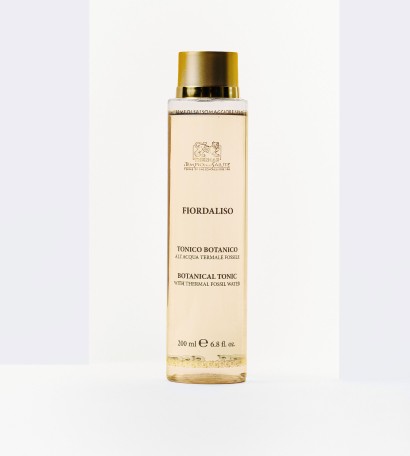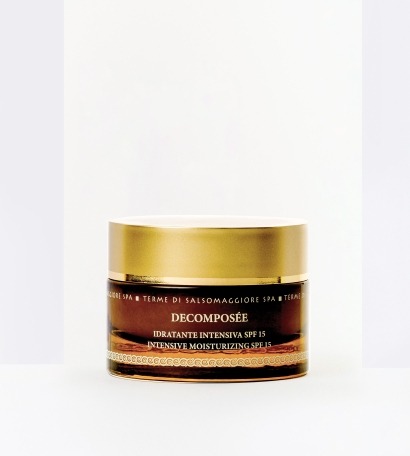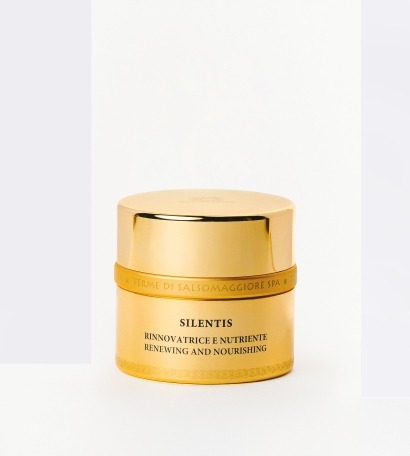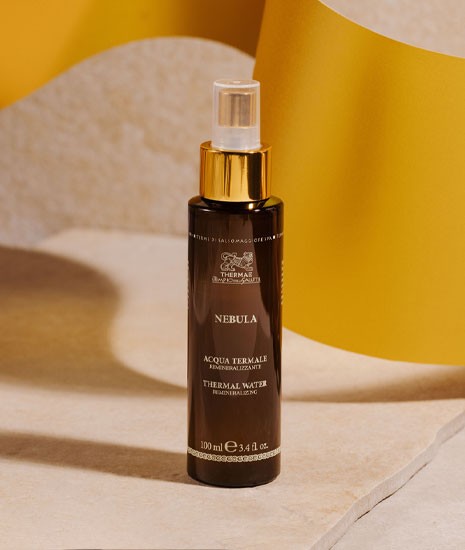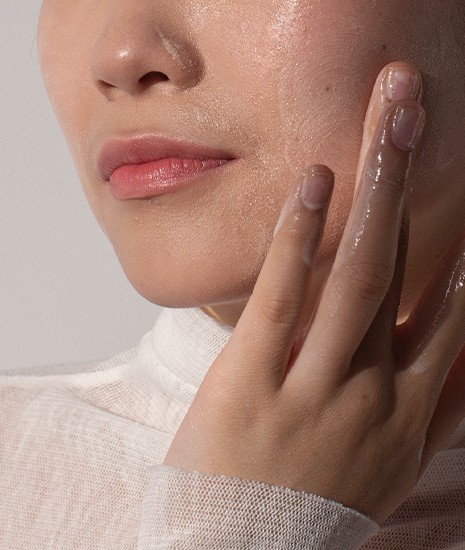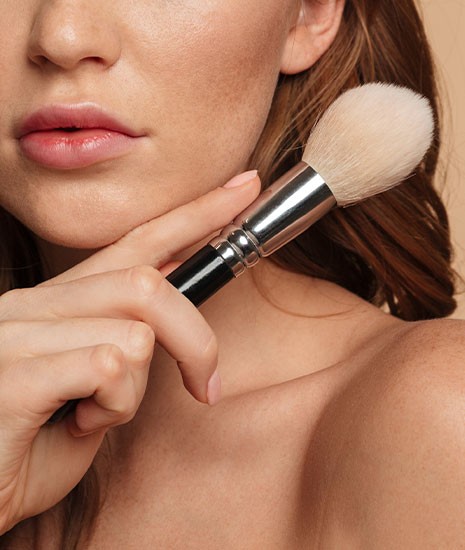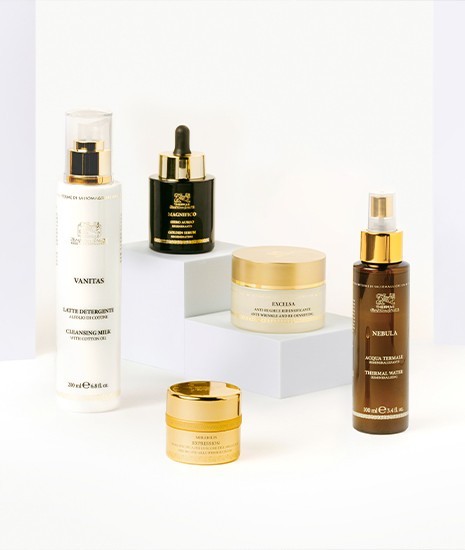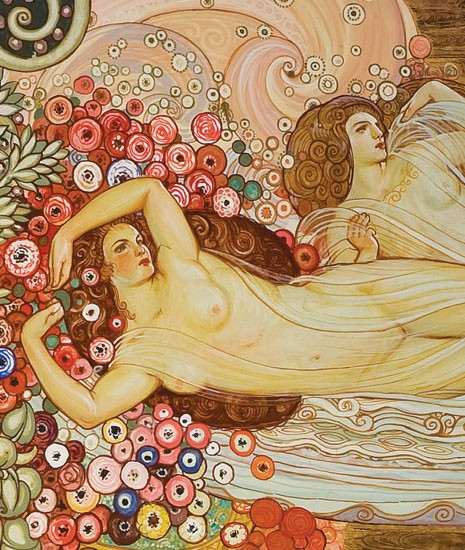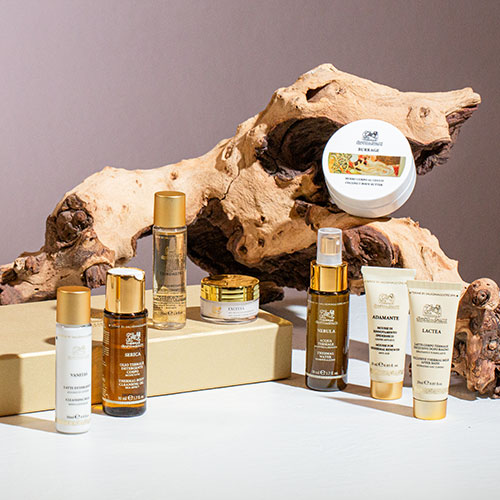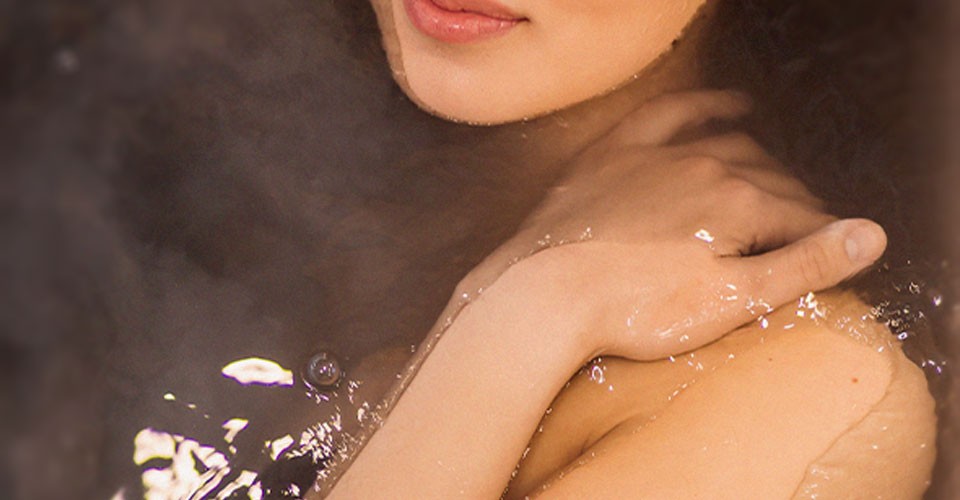
Thermal hydrotherapy: the regeneration of body and mind through water
Since ancient times, water has been considered a purifying and healing element for the human body and mind. Thermal hydrotherapy, which uses fossil water from the depths of the earth, embodies this ancient wisdom that saw water as a healing medium.
Thanks to its chemical and physical properties, water can have an extraordinary therapeutic effect on the human body: immersed in a hot bath, we can feel its regenerative power and its ability to purify our body and mind, calming the mind and reducing muscle tension.
In this article, we will explore the secrets of hydrotherapy, with a particular focus on thermal hydrotherapy (also known as balneotherapy). We will see how these age-old practices can help regenerate the human body and mind, improving well-being and quality of life.
What is hydrotherapy?
Hydrotherapy, a term derived from the Greek words "hydro" (water) and "therapeia" (treatment), literally means "treatment with water." It is a very ancient practice that uses water to heal and alleviate a variety of physical and mental disorders, including skin diseases, muscle pain, anxiety, and stress.
In fact, hydrotherapy is based on the principle that water has the power to trigger a series of reactions in the body, depending on the temperature and composition of the water itself:
- Cold water, for example, has an important vasoconstrictive action, which can be useful for relieving inflammatory states;
- The alternation of hot and cold water stimulates blood circulation;
- Hot water or steam, as in a sauna, can cause sweating and relax the muscles.
This therapeutic practice is also used in medicine for rehabilitation after surgery or sports injury or as a support in the treatment of conditions such as arthritis, fibromyalgia, and multiple sclerosis. In some cases, hydrotherapy can be used as a complementary therapy to pharmacological treatment for anxiety, depression, and chronic pain.
How to do a hydrotherapy session
There are many ways to do hydrotherapy, each of which can have different effects on the body and mind, but all have in common relaxation and improvement of general health. For example:
- Pool exercises: these are specific exercises performed in a controlled temperature pool, which can provide relief for back pain or arthritis.
- Saunas and steam baths: high temperatures are used to create a "dry" or humid environment, which promotes sweating and the elimination of toxins and impurities, as well as relief from muscle pain.
- Foot baths: involves immersing the feet in a hot or cold water bath, to relieve swollen feet, sore legs and poor circulation.
- Hydrotherapy jets: hot or cold water jets are directed onto the feet, legs or arms to relieve muscle tension and improve blood circulation.
- Contrast therapy: involves alternating hot and cold water immersion, useful for relieving chronic pain, swelling and inflammation.
- Wraps: involves applying towels soaked in hot or cold water to the affected area, to promote blood circulation and relieve stiff muscles.
Thermal hydrotherapy
Thermal hydrotherapy, or balneotherapy, is a treatment that uses water from thermal springs to treat physical and psychological disorders. In fact, thermal waters are rich in minerals such as calcium, magnesium, sodium, and potassium. Furthermore, they have healing properties that contribute to reducing pain and inflammation, healing injuries, and regenerating tissues.
In particular, the bromide-iodine sulfurous water - such as that of Salsomaggiore Terme - has an antiseptic, anti-inflammatory, and sedative action.
The effectiveness of thermal hydrotherapy is not only due to the characteristics of the water itself, but also to the specific thermal, mechanical, and chemical stimuli that are induced on the human body. For example, the use of hot water promotes the dilation of superficial blood vessels, increasing blood circulation and stimulating the drainage of toxins and waste products. Similarly, the use of cold water promotes the contraction of blood vessels and increases oxygenation, promoting a purifying effect.
Balneotherapy is particularly useful for passive muscle relaxation, which facilitates the effectiveness of massages. This is why it is very popular in thermal centers, wellness centers, and spas, where clients can benefit from the relaxing and curative effects of fossil water.
However, it should be emphasized that not all thermal waters are equal, so it is recommended to consult with your doctor before undertaking any treatment.
The Benefits of Thermal Hydrotherapy
Balneotherapy, or thermal hydrotherapy, has numerous health benefits:
- Alleviates muscular and joint pain, as hot water has relaxing properties on muscles.
- Improves blood circulation, increasing the flow of blood to muscles and organs.
- Improves skin health: moisturizes the skin and improves blood circulation.
- Reduces inflammation thanks to the presence of minerals such as calcium and magnesium in the water.
- Relieves pain through increased blood circulation and the relaxing effect of hot water.
- Improves joint functionality, thanks to muscle relaxation and the reduction of inflammation.
- Promotes tissue regeneration, helping to rebuild damaged tissues thanks to the minerals present.
Furthermore, it is important to emphasize that thermal hydrotherapy not only has positive effects on the body, but also on the mind. In fact, thanks to the warmth of the water and the sensation of relaxation that ensues, it can reduce stress and promote a better emotional balance. This can have a beneficial effect on sleep quality, as balneotherapy can help relax the body and mind before sleep. Moreover, many thermal facilities offer complementary activity programs to therapy, such as meditation or yoga, which can further enhance the beneficial effect on mental balance.
Thermal Products for Finding Wellness at Home
Thermal hydrotherapy is a treatment that not only serves to combat certain pathologies, but also to improve a person's psychological well-being, as well as having miraculous effects on the skin. This is due to the use of thermal water rich in beneficial minerals for the skin, such as calcium, magnesium, and zinc.
When immersed in a thermal bath, the mixture of temperatures, atmospheres, and fragrances is capable of acting on the nervous system and creating the so-called thermal synesthesia, able to make all daily stress and fatigue slip away.
These minerals are also present in cosmetics based on thermal water, which use the moisturizing and soothing properties of fossil water to bring benefits to the skin. These products can be an excellent addition to one's skincare routine at home, as they can contribute to moisturizing the skin, making it more luminous and vital. By setting the right atmosphere, the mix of textures and fragrances allows you to relive the thermal experience in your own bathroom.
There are different types of cosmetic products based on thermal water, including tonics, sprays, masks, and creams, each with a different degree of hydration and absorption.
For example, thermal water-based tonics like those developed by Il Tempio della Salute can be used to nourish and restore the natural pH of the skin before applying a moisturizer cream. Masks, on the other hand, can help nourish the skin with the beneficial minerals present in fossil water. With this element, it is also possible to develop anti-aging creams that protect the skin from signs of aging, help improve skin brightness, and prevent damage caused by free radicals.
Thermal hydrotherapy for the well-being of body and mind
Thermal hydrotherapy is an effective therapeutic practice for the well-being of both the body and mind because it reduces stress, alleviates pain, improves skin appearance, and much more.
Moreover, the experience of immersing oneself in relaxing hot water can be an opportunity to disconnect the mind from the daily routine and regenerate energy. Don't have time to go to a spa to enjoy these sensations? Choose Il Tempio della Salute products to bring the spa experience to your home!




